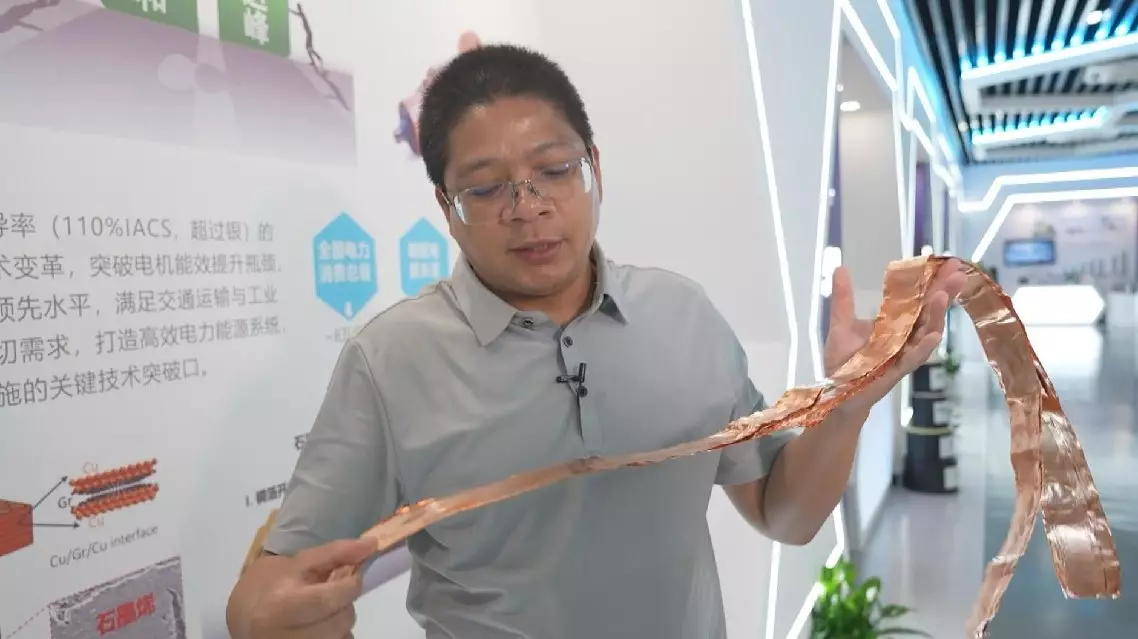China's mass production and industrial application of graphene materials are in a world-leading position, propelled by the country's ongoing efforts to foster new quality productive forces which was once again highlighted at the just-concluded third plenary session of the 20th Central Committee of the Communist Party of China (CPC).
Discovered in 2004, graphene is the thinnest and lightest material currently known with unmatched hardness, tenacity, electrical and thermal conductivity, as well as transmittance, making it a supermaterial.
The development of graphene materials is part of development of new quality productive forces, which features high-tech, high efficiency and high quality. One institute making great strides in graphene material development is the National Graphene Innovation Center (NGIC) based in Ningbo City of east China's Zhejiang Province.
A major focus of research and development in the center is to use graphene's ultra-high thermal conductivity to address thermal conductivity problems in chip development. The NGIC has now realized mass production of graphene thermal film products which can be used in a range of fields.
"We make graphene into thermal conductive film, which is mainly used in 3C products. In addition to its application in the field of consumer electronics, it can also be used in the aerospace field. For example, today's satellites have begun to use graphene to dissipate heat," said Guo Yufen, director of the center's graphene thermal conductive film project.
Graphene also has good thermal insulation performance when it is made into aerogel.
"We are able to lower aerogel's thermal conductivity by adding graphene into its porous structure, thus achieving better thermal insulation performance. The graphene aerogel blanket produced by us can be used in petrochemical pipelines, thermal pipelines, and thermal protection materials for new energy batteries," said Zheng Xiaotian, the center's graphene aerogel project director.
As graphene technology develops, the high-efficiency of graphene materials may soon make significant differences in energy consumption and other fields, according to NGIC director Liu Zhaoping.
"I am holding a material called super copper, which is a composite of graphene and copper. The composite of graphene completely changes the conductivity of copper. This material's conductivity has reached 118 percent that of copper, so if it is used in motors, it would make their driving efficiency extremely high. If 10 percent of our country's motors, including those in high-speed trains, new energy vehicles, and various devices are using this material, 18.5 billion kilowatt hours of electricity can be saved a year, which would be a significant support for our country's carbon peaking and neutrality strategies," Liu said.
The NGIC has already acquired the technology for low-cost large-scale preparation of graphene materials, and developed a graphene copper material for high-efficiency motors and a graphene composite electrode material for high energy density batteries.
The third plenary session of the 20th CPC Central Committee was held in Beijing on July 15-18, during which a resolution on further deepening reform comprehensively to advance Chinese modernization was adopted.
The resolution, with economic structural reform as the spearhead, comprehensively plans reforms in various fields and aspects, including reform of institutions and mechanisms pertaining to education, science and technology, and talent, and improve the new system for mobilizing resources nationwide, so as to boost the overall performance of our country's innovation system.

Graphene industry in vigorous development in China









